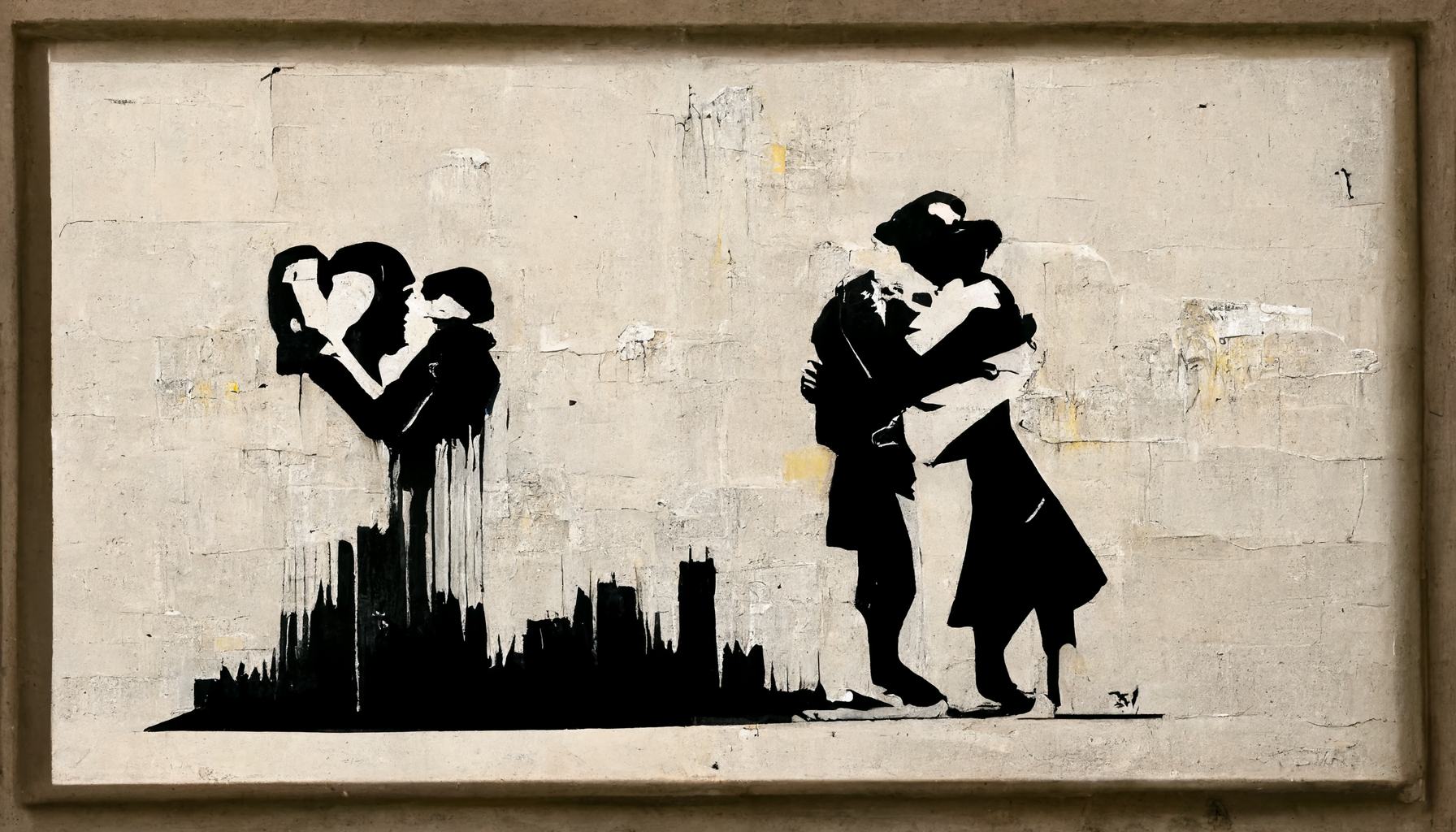Isabelle Levent
@isabellelevent
Isabelle Levent
@isabellelevent

Copyright and
/cdn.vox-cdn.com/uploads/chorus_asset/file/12907051/akrales_180911_2943_0002.jpg)
Copyright and
_ZVO8V02.jpg.1400x1400.jpg)
What’s difficult is to state our aesthetic values clearly enough to enable the program itself to make the evaluation at each generation.
Because creativity by definition involves not only novelty but value, and because values are highly variable, it follows that many arguments about creativity are rooted in disagreements about value.
Instead, I’d like us to ask: in whose voice do our machines write? What voices do they obfuscate? Where do their words come from? In short, I’d like us to ask questions about power, and the ways in which it functions through and around language.
User-generated content platforms were a huge source for the image data. WordPress-hosted blogs on wp.com and wordpress.com represented 819k images together, or 6.8% of all images. Other photo, art, and blogging sites included 232k images from Smugmug, 146k from Blogspot, 121k images were from Flickr, 67k images from DeviantArt, 74k from Wikimedia,
... See moreA couple participants found success using the chatbot as a convenient search engine alternative (KL, WT). KL wrote: “It’s kind of great to use the chat interface and treat LaMDA as a thesaurus, quote finder, and general research assistant.”
Tech Ethics and